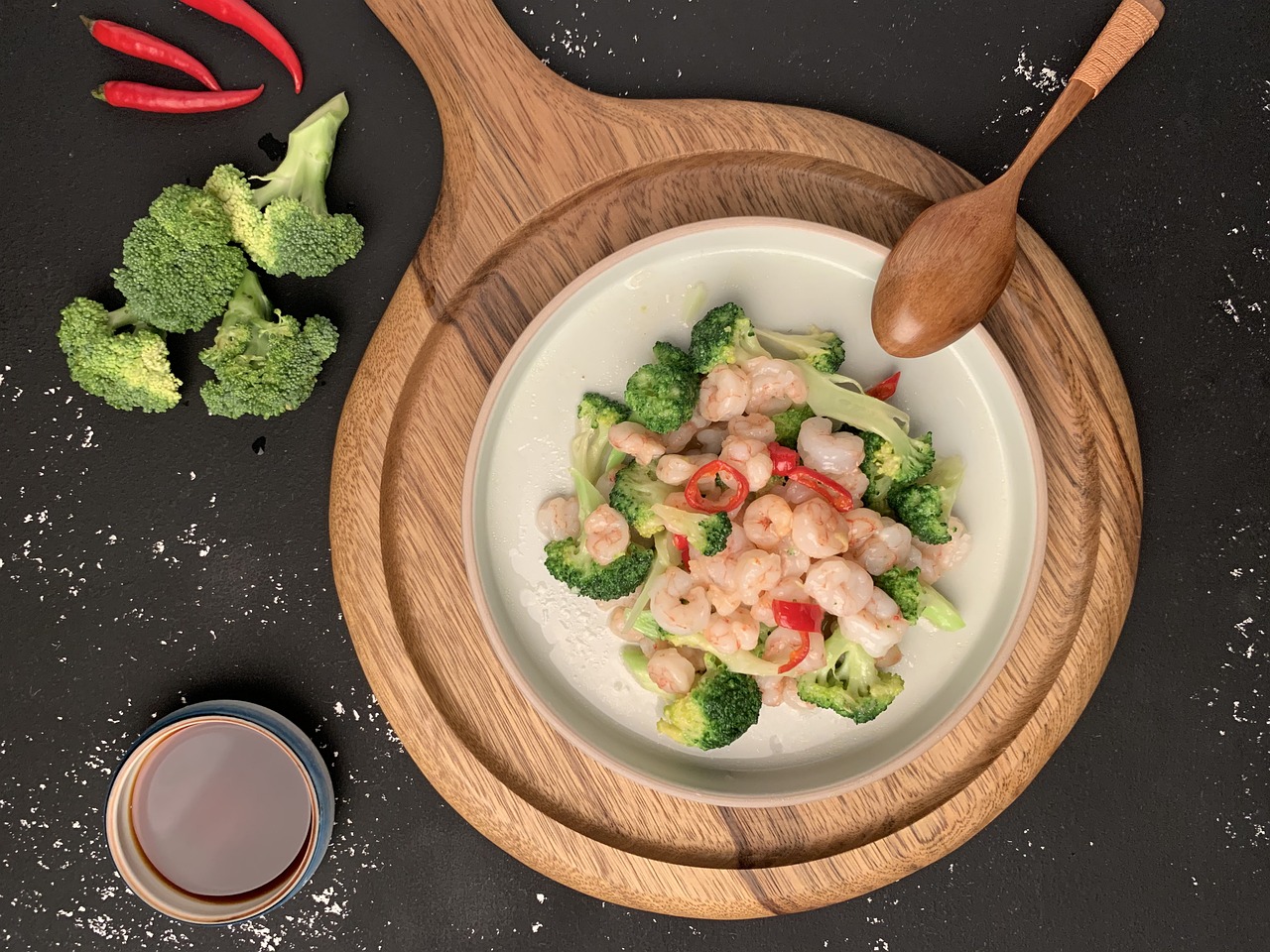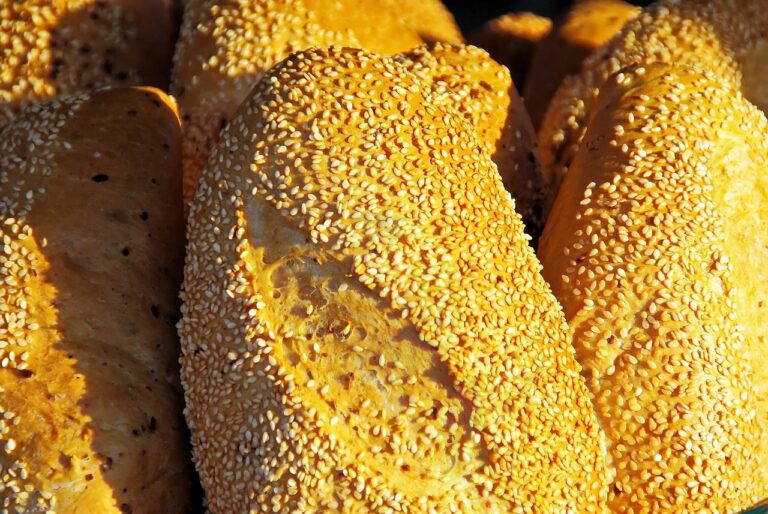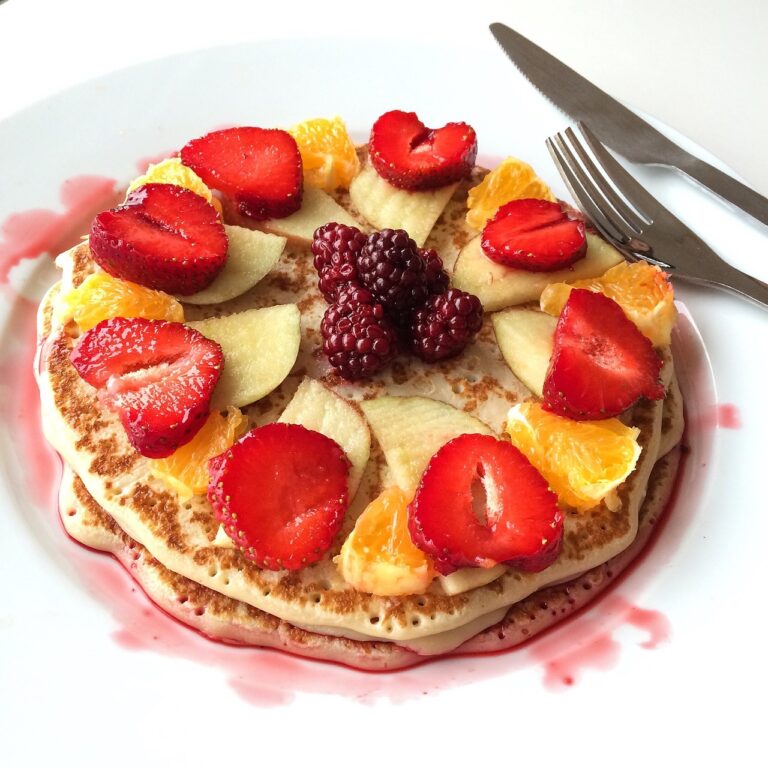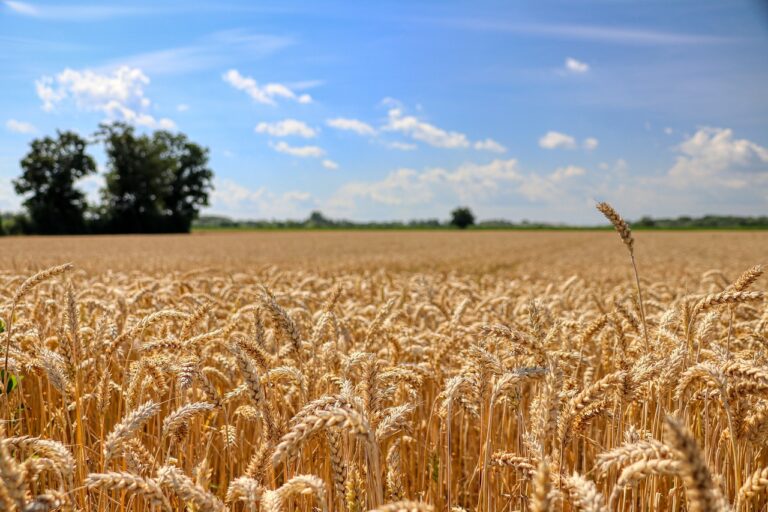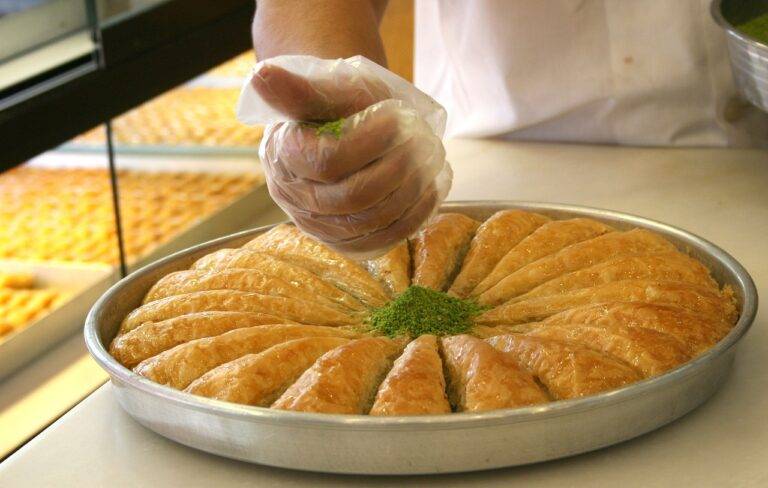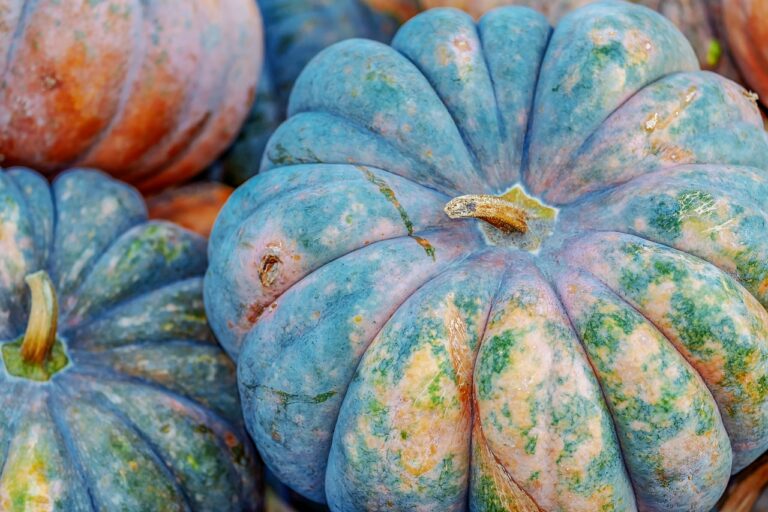The Science Behind Food Preservation Techniques
When it comes to preserving food, there are several common methods that have been utilized for centuries. One popular preservation method is canning, which involves sealing food in airtight containers to prevent spoilage. This process typically involves heating the food in the containers to destroy microorganisms and enzymes that can cause decay.
Another widely used preservation technique is freezing, where food is stored at a temperature below freezing to inhibit the growth of bacteria and other harmful microorganisms. Freezing is a convenient and effective way to preserve a wide variety of foods, including fruits, vegetables, meats, and prepared dishes. By freezing food, you can extend its shelf life and maintain its quality for an extended period of time.
Canning Process
Canning is a popular method used to preserve various foods such as fruits, vegetables, and even meats. The process involves sealing the food in airtight containers, typically glass jars, to prevent spoilage and increase shelf life. This method relies on heat processing to kill bacteria and create a vacuum seal that inhibits the growth of microorganisms.
To begin the canning process, the food is first prepared by washing, peeling, and cutting it into appropriate sizes. The food is then placed in the clean jars and covered with a liquid, such as brine or syrup, before sealing the jars with lids and bands. The jars are then processed in either a water bath canner or pressure canner, depending on the acidity of the food being preserved.
Freezing Techniques
Freezing is a popular method for preserving food that involves lowering the temperature of the food to below freezing point. This process halts the growth of microorganisms that cause food spoilage, extending the shelf life of the food. Freezing can be done in a freezer at home or using commercial freezing techniques in food processing facilities.
When freezing food at home, it is important to ensure that the food is properly wrapped or stored in airtight containers to prevent freezer burn. Freezer burn occurs when air comes into contact with the food, causing dehydration and changes in texture. To maintain the quality of frozen food, it is recommended to label items with the date of freezing and to consume them within a reasonable timeframe.
• Freezing is a popular method for preserving food
• Halts the growth of microorganisms that cause food spoilage
• Extends the shelf life of the food
• Can be done at home or in commercial facilities
When freezing food at home, it is important to follow these guidelines:
• Ensure proper wrapping or use airtight containers to prevent freezer burn
• Label items with date of freezing for easy tracking
• Consume frozen food within a reasonable timeframe to maintain quality
What are some common preservation methods for food?
Some common preservation methods for food include canning, freezing, drying, and pickling.
How does the canning process work?
The canning process involves heating food in a sealed glass jar to kill bacteria and create a vacuum seal, preserving the food for long periods of time.
What are some freezing techniques for preserving food?
Some freezing techniques for preserving food include flash freezing, vacuum sealing, and using freezer-safe containers to prevent freezer burn.
How does flash freezing work?
Flash freezing involves quickly freezing food at very low temperatures to prevent ice crystals from forming, which can degrade the quality of the food.
What is vacuum sealing and how does it help preserve food?
Vacuum sealing involves removing air from a package of food before sealing it, which helps prevent freezer burn and extends the shelf life of the food.
How can I prevent freezer burn when freezing food?
To prevent freezer burn, make sure to use freezer-safe containers, remove as much air as possible before sealing, and wrap food tightly in plastic wrap or aluminum foil.

